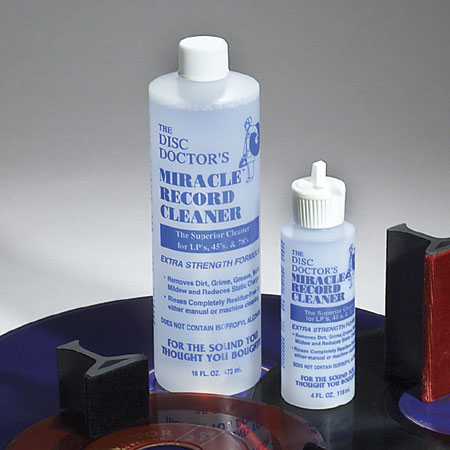
- DISK CLEAN PRO VS DR CLEANER HOW TO
- DISK CLEAN PRO VS DR CLEANER UPDATE
- DISK CLEAN PRO VS DR CLEANER WINDOWS 10
- DISK CLEAN PRO VS DR CLEANER SOFTWARE
DISK CLEAN PRO VS DR CLEANER SOFTWARE
Trend Micro has a global foothold while MacPaw’s software topples its rivals to the top spot of the most-downloaded cleaning utilities. Cleaner requires some expertise on part of the user. CleanMyMac X has intuitive features for minimalism while Dr. Despite their resemblances, these innovations have stark differences in terms of design. Both will neaten up your drive and eliminate unnecessary data across all directories. Cleaner: both of them are cast in the same mold of Mac optimization. You could also use the diskpart command to do this, but it’s probably easier to use the graphical interface.CleanMyMac X vs. You should now be able to initialize, partition, and format the disk like you normally would, using the graphical Disk Management tool built into Windows. Step Three: Partition and Format the Disk Close the Command Prompt window to continue. You’ll see a message stating that “DiskPart succeeded in cleaning the disk” if everything worked properly. Remember, this command will completely wipe the disk, so be sure you have any important files backed up.

To completely wipe the selected disk’s partition table, type the following command and then press Enter. Now that you’ve selected the disk, any further commands you issue to the diskpart tool will be performed on the selected disk. Again, be absolutely sure you have the right disk number. When you know the disk number you want to select, type the following command, replacing # with the number of the disk you identified above.

It will show you the disk numbers along with the letters Windows has assigned it, making it easier to identify a particular disk. If you have any trouble identifying the correct disk number, you can also fire up the Disk Management tool.
DISK CLEAN PRO VS DR CLEANER HOW TO
RELATED: How to Manage Partitions on Windows Without Downloading Any Other Software This tells us that Disk 1 is the USB drive connected to the computer, and Disk 0 is the computer’s internal system drive. We know that our particular USB drive is 14 GB in size. In the screenshot below, we can see that “Disk 0” is 238 GB in size and “Disk 1” is 14 GB in size. Be very careful here! If you select the wrong disk number, you’ll clean the wrong disk and you could lose important data. Next, have diskpart list the disks connected to the computer by typing the following command and then pressing Enter: list diskĮxamine the output of the command to identify the number of the disk you want to clean. Notice that the prompt changes to “DISKPART>” to indicate you’re now issuing commands to that tool. To launch the diskpart tool, type the following command at the Command Prompt and then press Enter: diskpart Before continuing, be sure you’ve connected the USB flash drive, SD card, or whatever other drive you want to clean. We’ll be using the diskpart command to clean the disk. On Windows 7, open the Start menu and search for “cmd.” Right-click the “Command Prompt” shortcut that appears and then choose “Run as Administrator.” RELATED: How to Put the Command Prompt Back on the Windows+X Power Users Menu You can do pretty much everything in PowerShell that you can do in Command Prompt-including the command we’re using in this article-plus a lot of other useful things. It’s very easy to switch back to showing the Command Prompt on the Power Users menu if you want, or you can give PowerShell a try.
DISK CLEAN PRO VS DR CLEANER UPDATE
Note: If you see PowerShell instead of Command Prompt on the Power Users menu, that’s a switch that came about with the Creators Update for Windows 10.
DISK CLEAN PRO VS DR CLEANER WINDOWS 10
On Windows 10 or 8.1, right-click the Start button (or press Windows Key + X) and select “Command Prompt (Admin).” Step One: Launch a Command Prompt as Administratorįirst, you’ll need to launch a Command Prompt window as administrator. You should also be very careful to specify the correct disk, or you could accidentally wipe the wrong one.

Warning: This process completely wipes the entire disk you select, so be sure you back up any important files first.


 0 kommentar(er)
0 kommentar(er)
